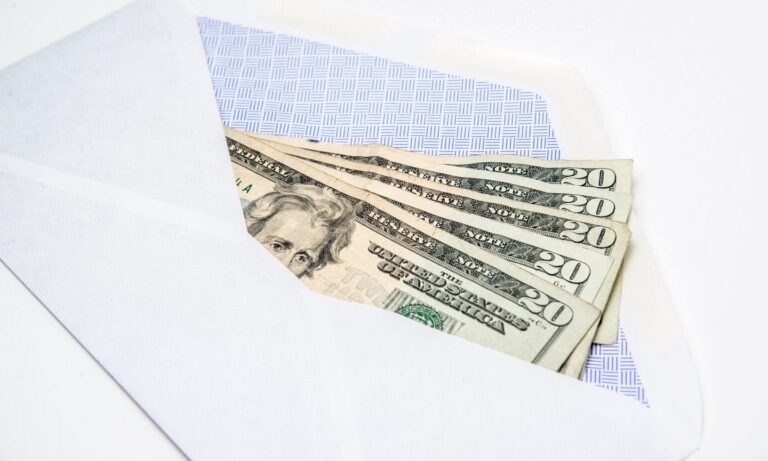Giovanna Gonzalez, a finance expert and money-coach who wanted to reduce her food expenditure, used the budgeting method known as “cash stuffing”. She placed the money she had allocated to her food budget for the week in an envelope, and only spent that amount.
She says, “I was able to see how much money I still had left each week.”
Cash stuffing, popularized by TikTok videos and bringing back an old-fashioned envelope budgeting system, has been resurrected. You separate your money into envelopes that are each dedicated to one category for spending or savings. Gonzalez founded The First Gen Mentor – a course that promotes financial education – and says, “It is a tried, tested method.”
Here are some guidelines if you want to join the cash-stuffing trend yourself:
Set aside planning time
You will need to commit some time upfront to cash stuffing. This is because you must plan your expenditure, withdraw the money and “stuff it” into envelopes. This process can easily take up to an hour.
Although it’s a time-consuming task, Gonzalez says that the benefits are immediate. “You feel in charge of your finances.”
Keep cash secure
Bruce McClary is the senior vice-president of communications and membership at the National Foundation for Credit Counseling. He says that with so much money on hand it is important to keep it safe. He says that there are many risks to storing cash where it could be forgotten or, worse still, burnt.
Tim Melia is a financial planner who founded Embolden Financial Planning, a Seattle-based firm. He suggests that you keep the envelopes of cash in a lockable fireproof safe. While news of bank failures may have contributed to cash’s appeal, a FDIC insured bank account remains the most secure place to keep money. Federal Deposit Insurance Corp. covers up to $250k per person, bank or ownership group. )
A hybrid approach is worth considering
Gonzalez is a fan of the idea to stuff cash in an envelope for daily expenses, but move larger sums for saving or for something such as a down payment on a home into a savings account. She says, “I do not want the money to sit in an envelope.” Cash doesn’t pay interest. However, if the cash is moved into a bank account that pays a higher rate of return, you can make it grow.
Melia believes that cash stuffing can be a good way to start budgeting, and it will help you see how your money flows for about a month. He recommends that you “transition to a bank account and spreadsheet” after observing the results of cash stuffing.
McClary highlights that you can create separate accounts for each category of digital envelopes. You might label accounts as “fun” money, travel savings, and downpayment funds, for example.
Severine Bryan is a financial educator who has been working towards becoming an accredited financial counselor. She uses a method she refers to as “faux money stuffing”, because she does not carry cash around. She instead assigns dollar amounts for different categories, such as food and transportation.
She says, “I don’t use cash but the idea is still the same.”
Determine if it is a good match
Cash-stuffing is appealing to some people because they can feel the real money. It feels realer and more conscious of what you spend, unlike when you swipe a debit or credit card or buy something from Amazon. Gonzalez explains that it’s as simple as clicking a button.
McClary points out that the simplicity of this method is appealing to others. It’s simple and keeps you from going into debt.
Bryan believes that people with a strong visual sense will benefit most from cash stuffing. If you do not want to write down numbers, then colorful envelopes are a great way to make this method more enjoyable. She says, “It doesn’t feel at all like budgeting.”
Do not include accessories
You don’t have to buy the cute designer envelopes or wallets that TikTok celebrities promote. Melia cautions that these extra expenses could be a bad start for budgeting.
You only need a few envelopes, a pen for labeling them and perhaps a safe that can withstand fire to protect all your cash.
The Associated Press originally published this article, which was written by NerdWallet.
